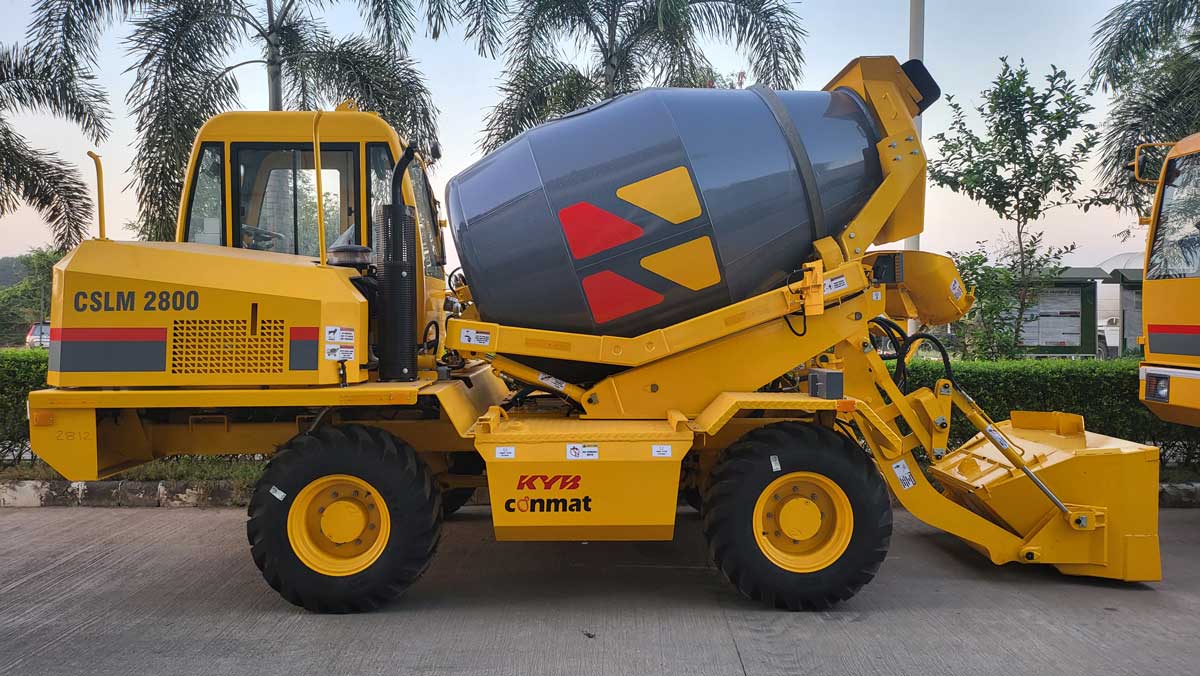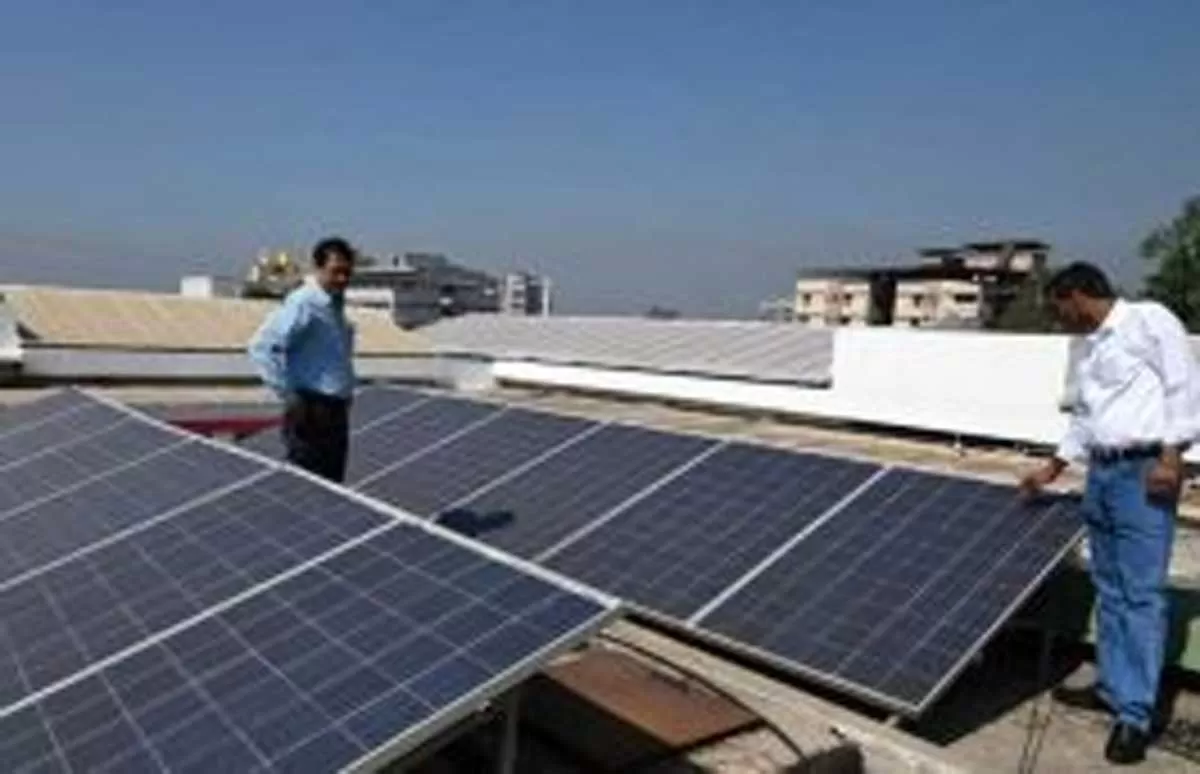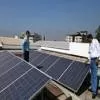Concrete boom pump, ready-mix concrete (RMC) equipment and batching plant users are very clear about their needs. CW explores the must-have features.Views of concrete pump users Reliability is the most important feature in a concrete pump from the perspective of an RMC provider because any downtime has a major adverse impact on sales, according to Prashant Jha, Chief, Ready-Mixed Concrete & Modern Building Materials, Nuvoco Vistas Corp. “We evaluate if the pump is designed to pump to the necessary height or quantity. Spares can still be an issue because we hire boom pumps from small-time contractors who often don’t stock sufficient spares.”“The length of the boom, the pressure and the make or brand of the boom pump are the vital parameters we evaluate prior to making a procurement decision,” says Marimuthu Krishnan, Concrete Technology Consultant. “Whereas the 36-42m length boom pump suffices for regular projects, we need much longer booms for tall buildings. Also, the pumping capacity must match the project’s concreting needs.”“A boom pump’s capacity must match the desired concrete output per hour,” adds Chaitanya Bhagde, Manager, Plant & Machinery, Shapoorji Pallonji. “Additionally, we look for longer booms for tall buildings and projects with difficult access points. Where concrete needs to be poured at varying heights or distances, we also consider the reach and height the pump can achieve. Multi-sectional booms and articulating capabilities allow precise pouring in hard-to-reach or complex areas. Variable displacement hydraulic systems or electric-driven motors increase the energy-efficiency of the pump.”“To ensure safe operations, we look for a pump with hydraulic overload protection and sturdy and easily adjustable outriggers to prevent any tipping or accidents during pouring,” he continues. “A remote-control operation feature allows the operator to control the pump from a safe distance, ensuring better visibility and minimising risks. Additional safety features include emergency stop buttons, safety alarms, limit switches at boom, micro drivers, and advanced control systems. A cleaner deputed to assist the operator with knowledge of the use of a level gauge can check if the machine is placed evenly and firmly on ground.”Batching plant must-havesIn a batching plant, we look for advanced technology and systems for measuring and dispensing raw materials, according to Bhagde. “Electronic load cells, automatic weighing systems and computer-controlled operations help achieve accurate and precise batching, minimising errors and ensuring consistent quality.”Twin-shaft mixers or planetary mixers ensure thorough mixing, he points out. “Ideally, the design and configuration of the mixer should promote homogeneity, eliminating any variations in the final product. Systems that can handle different types of aggregates, cementitious materials and admixtures allow the production of custom mixes. Scalability is essential to accommodate production volume fluctuations.”Advanced control systems offer real-time monitoring, data logging and analysis capabilities to track key parameters, such as moisture content, temperature, slump and material flow rates, adds Bhagde. “Additionally, integrated control systems should allow for seamless communication and integration with computerised management systems for efficient production planning and scheduling. PLC units in batching machines in vogue are helpful for precise operations. Upgrading these would allow the plants to work even more precisely.”“We look for batching plants without scrappers because those create a lot of dust and production remains short,” says Gujjar Monu Bhati, Assistant Technical Manager, Infra.Market. “We also prefer fully automatic batching plants because these eliminate the need for the operator to manually calculate the ingredient quantities for the desired output. The inbuilt software in fully automatic batching plants can be told what sort of output is needed and then it automatically controls the batching process. We also prefer batching plants with digital features, which can be hooked up with a computer and cameras, because this eases the process of quality control.”Common featuresIn all concreting equipment, environment-friendly features offering energy-efficient operations, recycling and reusing options for process water and effective dust collection systems to minimise air pollution are highly desirable, says Bhagde. “Additionally, certain equipment promotes the use of alternative and supplementary cementitious materials, reducing the reliance on non-renewable resources.”Users’ Wish-listThe Indian market offers a wide selection of batching plants, from both overseas and domestic brands. However, Pramod B Joshi, Additional General Manager (P&M Head, All India), Ahluwalia Contracts India, observes certain features are missing. “The water quality should be automatically checked and we also need an indicator showing the quality of concrete – that is, is it pumpable? Any abnormal size of aggregate coming through the weighing system of the plant should be flagged and the machine should stop automatically. The system of adding ice to the concrete should be simplified. We need more safety features. Incorporating a pollution control system would make the plant more environment-friendly. We also need the plant to show the slump of concrete after it has been mixed, at the time of discharge to the transit mixer.”As for boom pumps, Joshi says the industry needs “compact boom placers capable of placing concrete at greater heights and boom placers that are economical to use. When the pump starts, it must show the slump of concrete so operators know whether to proceed. Also, the pump must show the quantity of concrete pumped. Lightweight booms and pipelines of a higher quality that last longer are other essentials.”An expectation that will grow in value in the years to come is the soundproof working of concrete pumps because they are often used in existing or built-up residential areas where noise is a concern, adds Prashant Jha, Chief, Ready-Mixed Concrete & Modern Building Materials, Nuvoco Vistas Corp.At present, the mixer of RMC plants and the hopper of the boom placer must be cleaned manually, continues Joshi. “This cleaning must be automated; it should happen without human intervention. Most accidents happen owing to human negligence at the time of cleaning the mixer. Pumps often break down when the operator hasn’t properly greased them. As a preventive measure, a pump should not work if it hasn’t been greased.”“We would like to see concrete transmit mixers with fitted slump meters to tell us the temperature of the concrete and the slump,” says Gujjar Monu Bhati, Assistant Technical Manager, Infra.Market. “The slump meter could be fitted somewhere in the concrete drum.”For his part, Satish R Vachhani, Consultant Concrete Technologist, Advanced Concrete & Construction Consultants, would like to see high-quality moisture sensors incorporated in the aggregate and sand bins of concrete batching plants for better control on the water-cement ratio of concrete, the most important factor in maintaining quality of concrete.“At present, barely 3-5 per cent of contractors and RMC manufacturers ask for high-quality moisture sensors to be installed in new plants,” he continues. “But moisture meters being installed in concrete batching plants are not very accurate. Now that high and ultra-high grade concrete is being manufactured in most metros, and durability is a major concern, it is imperative to maintain the water-cement ratio as per the mix design parameters. Checking the sand moisture manually once or twice in a shift does not achieve the purpose, especially in rainy weather. Even a very small 2 per cent error can change the water-cement ratio of the mix and marinating W/C is a very important factor in maintaining the quality of concrete. For the best result, microwave moisture sensors may be installed to measure moisture levels in material being discharged from bins, on conveyor belts or vibratory feeders. Sensors are placed directly in the flow of the material, and take 25 measurements per second as the sand and aggregate flows over the ceramic measurement surface. These measurements are then transmitted to the plant control system in real time.”Vachhani would like major contractors and RMC producers to use rheometers to check the concrete rheology at the concrete mix design stage. Concrete pump manufacturers can help in this for mutual benefit.“At present, we are testing concrete for workability and flow properties but the same workability mixes can have different rheology, viscosity and pump pressure and mixes can be finetuned by changing the proportions of ingredients and different PCE-based plasticisers and VMA to address the issues of frequent choking, high pump pressure and pump maintenance,” he explains. “Hands-on experience or qualitative estimations of pumpability through simple material tests such as slump and flow tests are insufficient. Concrete pump manufacturers should collaborate and invest in R&D with users like contractors and RMC players to study the effect of concrete mix rheology properties on pump pressure. Intensive research actions in this respect will hopefully bring an improvement in poured concrete quality and performance of equipment.”- Charu Bahri


















